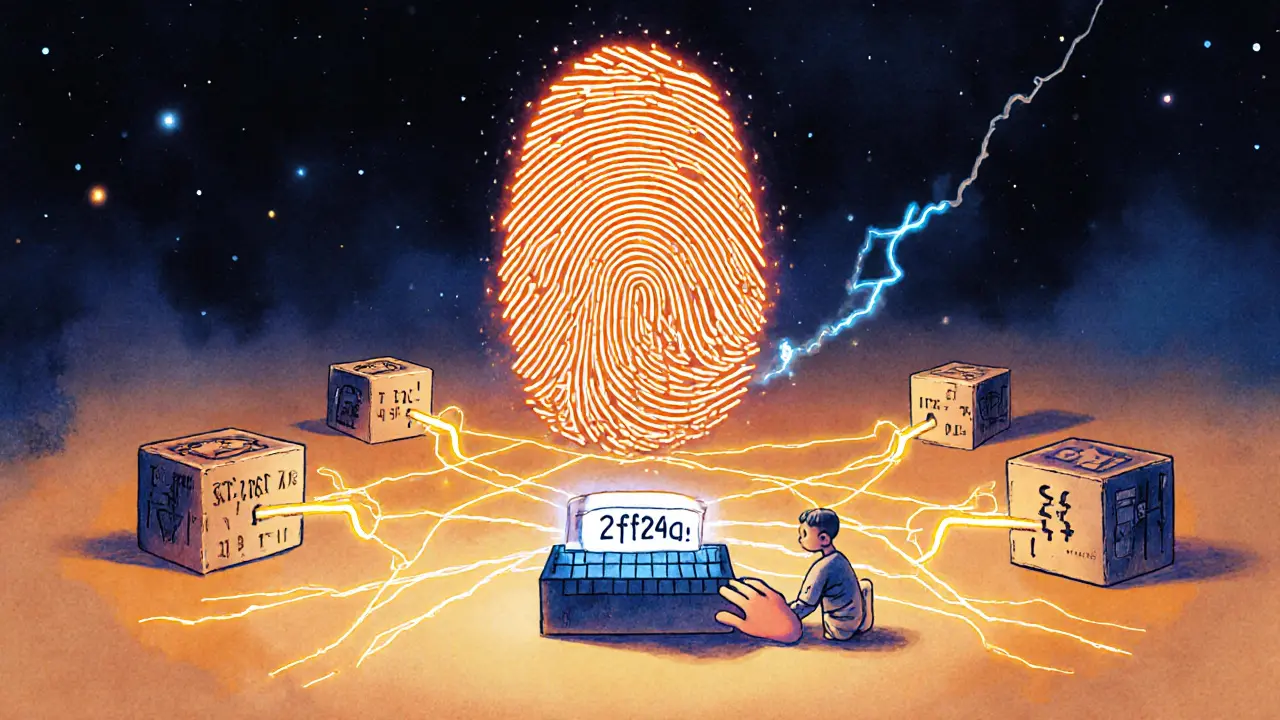Blockchain & Cryptocurrency: How Hashing, Ledgers, and Networks Power Digital Money
At its core, blockchain, a distributed digital ledger that records transactions across many computers. Also known as distributed ledger technology, it’s the backbone of cryptocurrency—digital money that doesn’t need banks to exist. Every transaction gets locked into a block, and those blocks chain together using cryptographic hashing, a one-way math function that turns data into a unique, fixed-size string. This is what makes tampering nearly impossible.
Think of cryptographic hashing like a digital fingerprint. Change one letter in a transaction, and the hash becomes completely different. Bitcoin uses SHA-256, a specific hashing algorithm that creates 256-bit hashes. Ethereum uses SHA-3, and other systems rely on BLAKE2b. These aren’t just technical details—they’re what stop hackers from rewriting history. Without hashing, the whole system collapses. And it’s not just about security. Hashing enables Merkle trees, which let nodes verify transactions quickly without downloading every single one. That’s how blockchains stay fast and scalable.
Blockchain and cryptocurrency aren’t just about coins. They’re about trust without middlemen. Your Bitcoin isn’t stored in a bank—it’s tied to a public key only you control. The network of computers, called nodes, verifies every transfer using consensus rules. No single person owns it. No bank can freeze it. That’s the promise. But it only works because every piece fits: the hash locks the data, the ledger records it, the network enforces it. Miss one part, and the whole chain breaks.
What you’ll find here isn’t theory—it’s real, practical breakdowns of how this stuff actually works. From the math behind the security to how exchanges and wallets connect to the chain, we cut through the noise. You won’t find fluff. Just clear, no-BS explanations that help you understand what’s happening behind the screen—and why it matters for your money.

